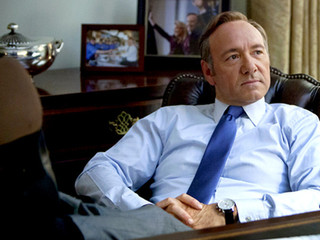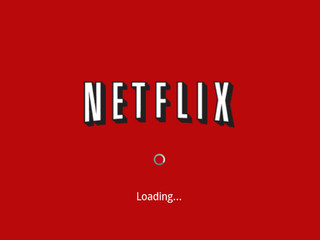Global AI in healthcare market expected to rise to $164B by 2030
The market size for 2023 was $10.31 billion
Read more...
Netflix shares rallied Tuesday morning, opening up 6.5% to $371. That’s after closing at $348.49 Monday evening. The company’s market cap now stands at $20.89 billion, which is an increase of nearly 600% since mid-2012, when shares had fallen to a low of $53.
Why all the investor excitement?
For one thing, Netflix’s Q1 earnings came in above expectations. Revenue topped $1 billion for the first time, coming in at $1.06 billion, with an EPS of $0.86. Revenue was in line with analyst expectations, but Wall Street was expecting an EPS of $0.83.
That’s compared with an EPS of $0.05 on revenue of $781 million in Q1 2013.
But it’s more likely that investors were buoyed by Netflix’s plan to raise prices (which went over so well last time). CEO Reed Hastings wrote in the company’s quarterly shareholder letter that the price increase will be gentle—just one or two dollars—later this quarter for all new members. Existing members will be grandfathered in eventually, but will be allowed to stay at the current $7.99 rate for “a generous period of time.”
Hastings pointed to the company’s price hike in Ireland as an example. Previously, subscribers were paying €6.99 a month before Netflix raised the price to €7.99 a month in January of this year. But existing members were allowed to keep the €6.99 rate for a full two years.
In terms of extra revenue, that could translate to added millions. Netflix added four million members this quarter, up from three million in Q1 2013. That’s a 33% increase. If Netflix continues this current rate of growth, it could have a grand total of 85 million members by Q1 2016. That’s an extra $170 million in revenue if Netflix raises prices by $2 across the board (that’s not factoring in exchange rates, because I’m not a masochist).
“These changes will enable us to acquire more content and deliver an even better streaming experience,” Hastings wrote.
But of course, because Netflix plans to grandfather existing members into the new pricing plan over time, the price increase won’t have much of an impact on the company’s revenues for a while. Indeed, Hastings said in the earnings call that the impact from the price hike in Ireland has been modest.
The price hike might not even add that much to Netflix’s revenue in two years’ time, given the fact that it may end up having to pay ISPs for better performance. Netflix made a deal with Comcast back in February in which it agreed to pay a “toll” for a direct route to Comcast subscribers, thereby bypassing the clogged “tubes” that were causing major delays and hiccups in Netflix’s streamed content.
Hastings was not happy about the deal, which, indeed, was arguably the result of Comcast strong-arming Netflix into paying for better service rather than upgrading its own ports like other ISPs were doing. Now, Hastings notes, “Comcast is providing a much improved Netflix experience to their broadband subscribers.” But what’s this? AT&T is still providing crappy Netflix performance.
Hastings is calling out AT&T now, before it’s forced to pay the dreaded toll.
“The surprising news is that AT&T fiber-based U-verse has lower performance than many DSL ISPs, such as Frontier, CenturyLink & Windstream,” writes Hastings. “The 249 customer comments on AT&T’s anti-Netflix blog post indicate that AT&T customers expect a good quality Netflix experience given how much they pay AT&T for their Internet service. It is free and easy for AT&T to interconnect directly with Netflix and quickly improve their customers’ experience, should AT&T so desire.”
Now it’s a question of how long Netflix is willing to play chicken with AT&T.
Image source: zimbio.com
The market size for 2023 was $10.31 billion
Read more...At Culture, Religion & Tech, take II in Miami on October 29, 2024
Read more...The company will use the funding to broaden the scope of its AI, including new administrative tasks
Read more...

